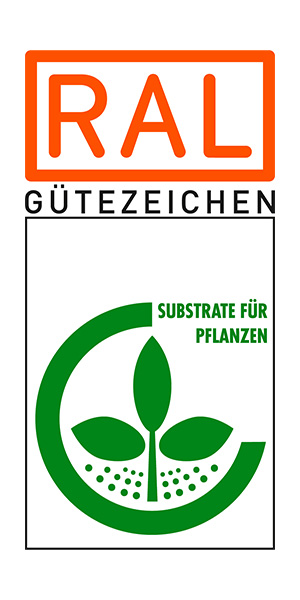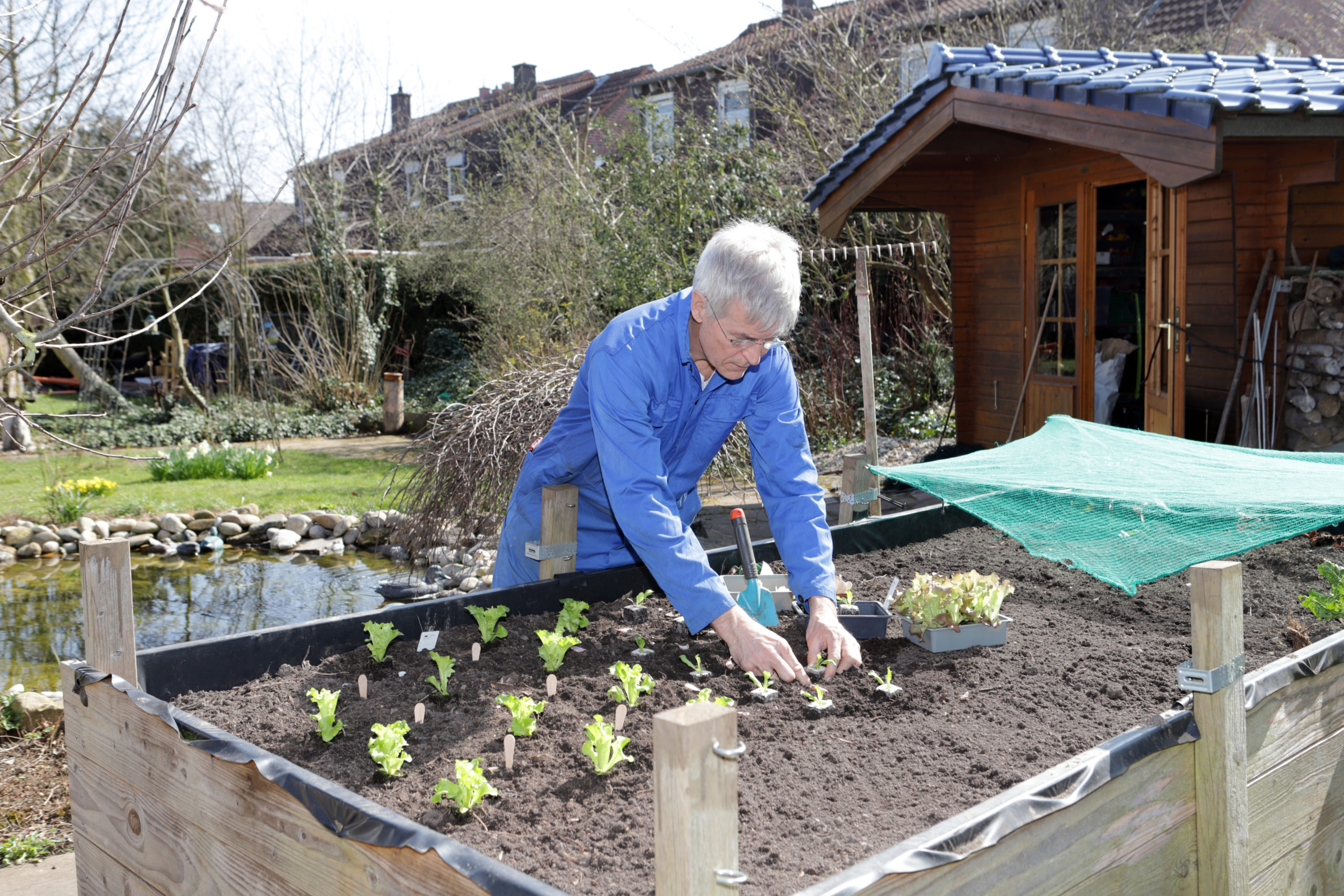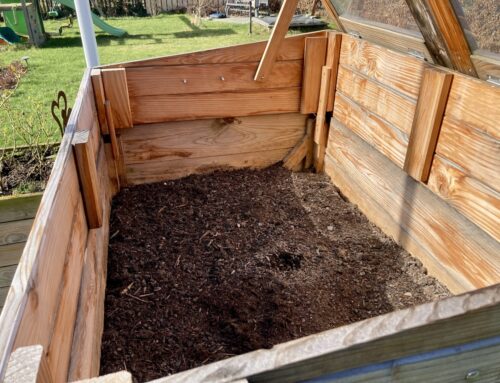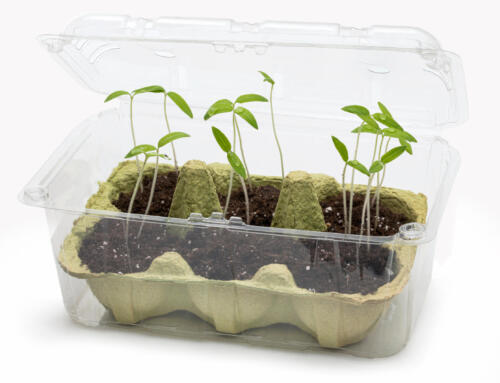Ready-to-use soil mixes for raised garden beds: It’s all about the right mix
RAL Quality mark for successful gardening
Backyards, balconies, community gardens, pedestrian zones – wherever you look, raised garden beds are as popular as ever. The originally simple wooden frames have given way to a wide variety of presentations ranging from rustic to fashionable. However, the principle always remains the same: raised beds are basically composters turned into garden beds.
Energy boosters for plants
The bottom layer of about 30 cm consists of loosely layered branches and twigs to ensure good aeration. On top goes another 30 cm layer of leaves, a layer of raw compost (i.e. coarse-textured compost) of the same thickness and, topping it off, a 15 cm layer of fine-textured compost. The organic material gradually decomposes as it would in a composter, releasing nutrients and heat and thus creating optimal conditions for numerous popular vegetable and ornamental plants.
The simple solution: filling with ready-to-use soil mixes
For a fully fledged bed, you need quite an amount of filling material. Not everybody has friendly neighbours who assist them with hedge clippings or home-made compost. As an alternative, you can fill the plant boxes with a purchased soil mix, but how do you know which is the right mix to use? Small boxes, plant troughs and planters too shallow for layering to work can be filled with high-quality potting soil. If your aim is to grow vegetables, you should choose ready-to-use vegetable or raised-bed soil mixes with a high share of compost. They will provide even “hungry” species like tomatoes or cabbage with the nutrients they need.
In large raised garden beds, you want to use soil mixes consisting of coarsely shredded wood for the aeration and drainage layer, followed by raised-bed soil mixes that correspond to the leaf and fine-compost layers respectively. Home gardeners who place less value on the effect of heating through the rotting process can also fill their raised beds with a multi-purpose potting soil and use a raised-bed or vegetable soil mix for the top plant level. The benefit of this type of “lining”: standard potting soil usually has a higher structure stability than substrates containing a large proportion of compost. This means that the raised bed content doesn’t sag as much, and there is less need to refill the bed with soil in the following year.
Expert tip: look out for the RAL quality mark
Getting a raised garden bed can cost quite a bit. However, the key to the success of your gardening efforts is not so much the quality of the bed frame as it is the quality of the filling. Don’t save on the wrong things! Gütegemeinschaft Substrate für Pflanzen e.V. (GGS) recommends that consumers only use products that carry the RAL quality mark.
Quality-certified substrates are subject to strict quality requirements and regular inspections by approved, independent labs. The substrates are only allowed to have minimal deviations in pH value and nutrient content, must have a stable structure and be proven to be free from weed seeds and plant-damaging substances.
The RAL certification not only guarantees a consistent level of quality; it also makes sure your fun in gardening isn’t spoiled by unpleasant surprises.
Raised garden beds: your benefits in a nutshell
- Raised garden beds allow you to grow plants on sealed surfaces.
- Raised beds are self-fertilizing. As the organic material decomposes, it releases nutrients.
- Raised garden beds keep off pests. The raised planting space not only gives snails and slugs a hard time, but also significantly reduces the occurrence of vegetable flies, as they usually prefer heights closer to the ground.
- Raised garden beds extend the growing season. Due to the decomposition process, the substrate heats up.
- Planting and plant care are gentle on your back because the height of the bed reduces the need to bend.
- People in wheelchairs can explore and enjoy gardening themselves with raised, wheelchair-accessible beds.







